http://en.wikipedia.org/wiki/Belmont_(Charlottesville,_Virginia)
There was a railroad track running between these two locales. Pretty soon, generationally speaking, these two communities grew until they met at the railroad line. Belmont then became a neighborhood of Charlottesville—the classic other side of the tracks. The center of Belmont, not many paces from the old plantation, was a jumble of cross streets. The three main streets closest to the tracks formed a kind of sideways Y that led to a lazy X. Both of these haphazard intersections, evolved for mule-drawn wagons, were complicated further by the addition of side alleys. This was downtown Belmont.
Somewhere in the 1960’s, downtown Belmont began to fossilize But since neighborhood life in Belmont was largely lived on the porch, or in the yard, or on the sidewalk, or in the street itself if traffic allowed, the old downtown intersection was soon the only part of Belmont that could really be called deserted. You could not fit more irony into a two-block area.
I had cousins and grandparents living in Belmont, and as a child I spent a lot of time in Belmont, though I was readily identifiable as a south Charlottesville kid and not a Belmont kid.
When I joined the Boy Scouts, I joined a Belmont troop. This might have been the roughest, meanest scout troop in American history. All we did was fight. Any snapshot or given moment in the history of that troop should include at least one kid with a bloody nose. I remember being assigned Golding’s Lord
of the Flies in the 9th grade, several years after leaving scouting behind, and feeling irritated at how feeble the characters were.
Boy Scouts have ranks. Our troop almost entirely stalled at Second Class Scout because the jump from Second Class to First Class required too much organized activity. It would have interfered with our natural pecking order, which was not based on merit badges but on the ability to pick other kids up and throw them on the ground.
When I think of scouting, what comes to mind first is the gratifying whump of other scouts' ribcages hitting the red clay earth. Some recollections of that troop have crept into a paragraph or two in the Vietnam section of the
novel I’m currently working on, Astral Bodies. Several of the kids in my old troop wound up in Vietnam for a year
or so.
I used to walk to downtown Belmont to buy chewing tobacco for my grandfather Earl, my father’s father. Here’s Grandaddy as I best remember him, along with my grandma Edie Mae.
The noble leaf was taken for granted in all forms. It was perfectly legal for me to go get Grandaddy’s chew for him. Those stores smelled of a mixture of moist sweet tobacco, floor wax, kerosene, bacon, sugar and Wonder Bread. There was a carousel of comic books by the candy counter. What would we buy—it was always a thrilling moment. I favored Sgt. Rock and the entire Weird Tales genre of shock and horror comics, which appear to be having a revival although in modern terms I wonder how many of the over-12 crowd would still be thrilled.
http://www.amazon.com/Haunted-Horror-Banned-Chilling-Archives/dp/1613777884
http://www.comicvine.com/sgt-rock/4005-3604/
In those days no store keeper would have hesitated to sell a pouch of chewing tobacco to a grade school kid such as myself. Here's of photo of me, with book, and my brother Alan, from around this time. We are visiting our Granddaddy Leighton and Grandma Evelyn at Christmas in their house in Lynchburg.
Eggs weren’t necessarily refrigerated in Belmont's stores and vegetables never were, so a limp vegetative smell often mixed with the indefinable flowery bubblegum scent and the scent of fresh pulp ink as we got our paper bag with maybe as much as 90 cents worth of merchandise in it, collected our dime of change in those days before there were store taxes, walked home to Grandma Eddie Mae’s house past the brick factory where blind people made brooms, and read our comic books.
As far as horror comics are concerned, real dead people never do much of anything. As far as Sergeant Rock was concerned I had uncles and great-uncles who had actually been on Tarawa and Leyte and Kasserine Pass and Bastogne and Okinawa, and yet somehow Sergeant Rock seemed vivid and interesting and they didn’t. I guess reality is never going to be an adequate substitute for fiction.
The Belmont world was small. My grandmother’s neighbor on one side was also named Mawyer but did not consider himself a relative. Her neighbor on the other side was a cousin-by-marriage from the Davis branch of the family. We were warned not to play with the Hogwaller Boys from the area beyond Monticello Road, which we called Lower Belmont, because they were too ornery. They were so violent and tough they didn’t even have a Boy Scout troop. Pure anarchy down there.
Downtown Belmont has been partly gentrified now, but it was never entirely coarse to begin with. Its downtown remains much what it was, with a couple of buildings adapted into tasty restaurants and coffee shops, and other structures resting peacefully, silence and dust gathering inside them.
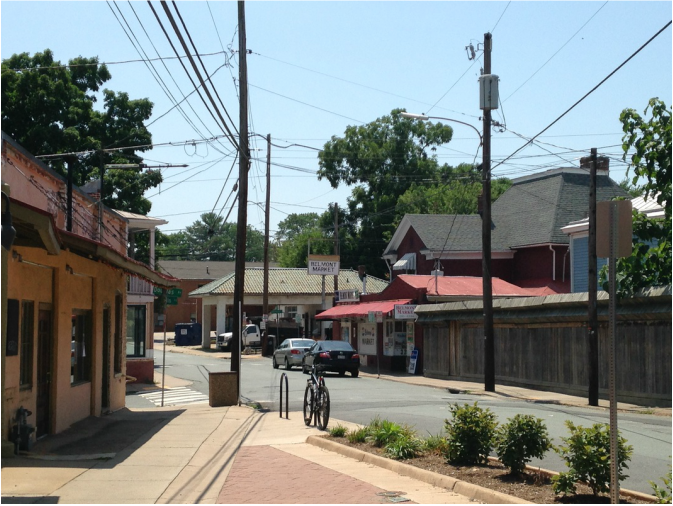
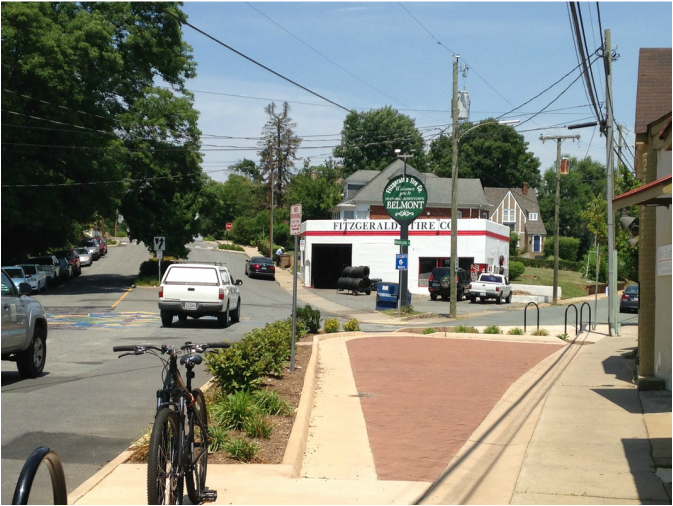
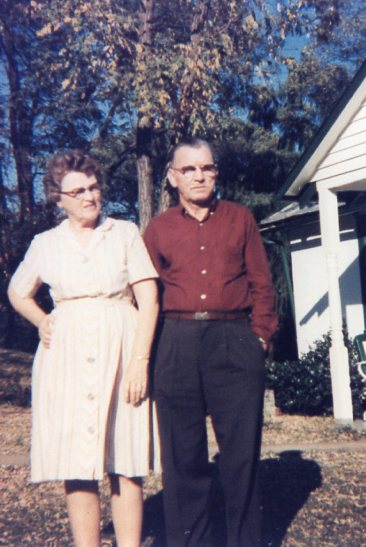
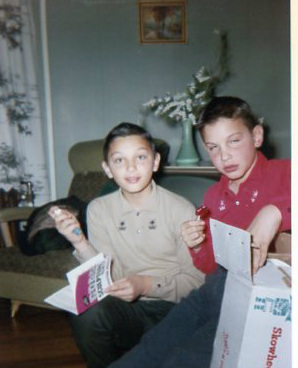
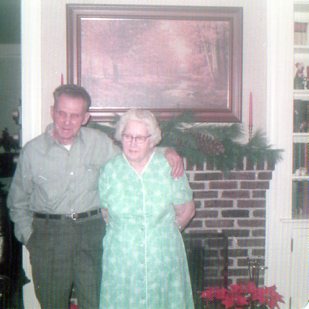
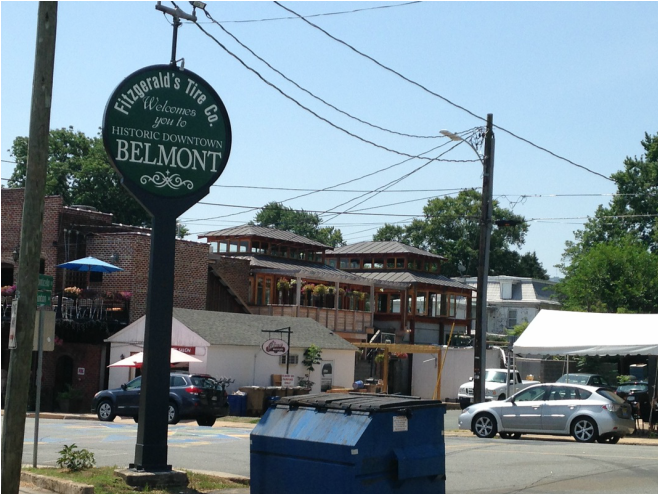
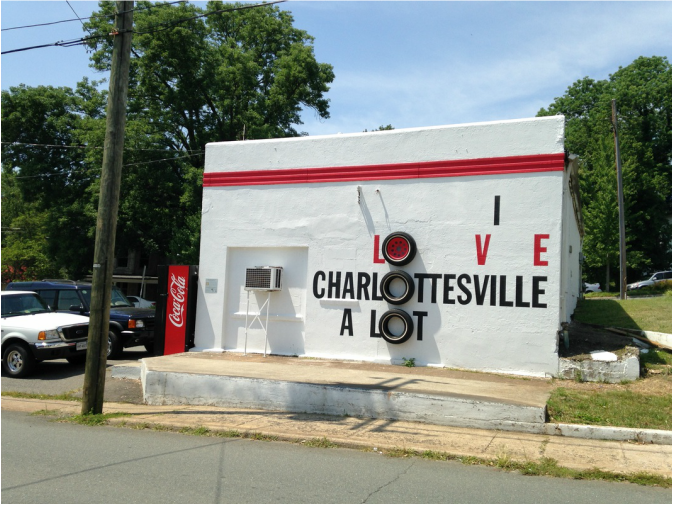
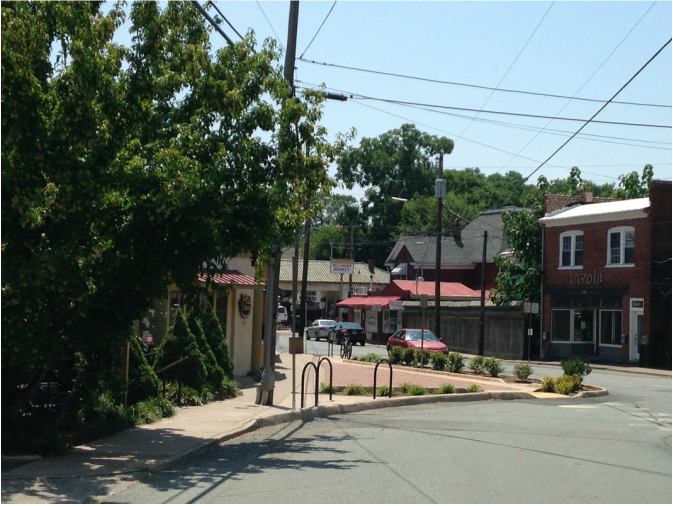
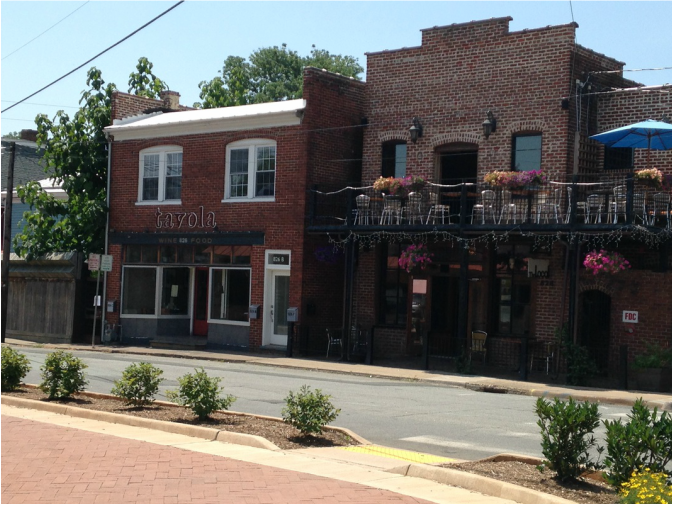
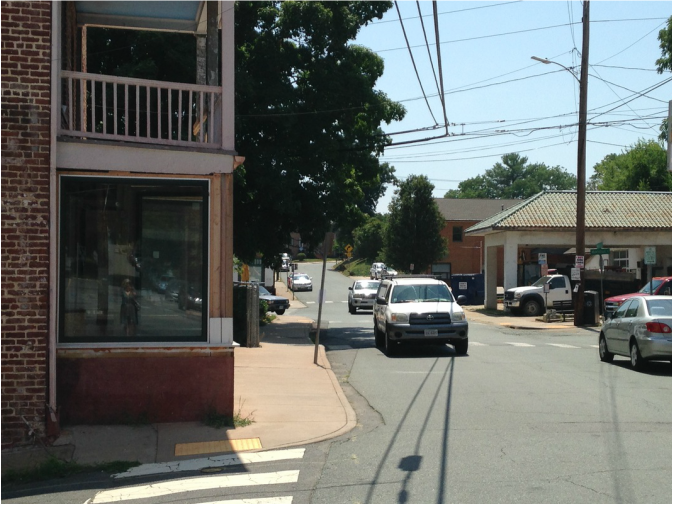
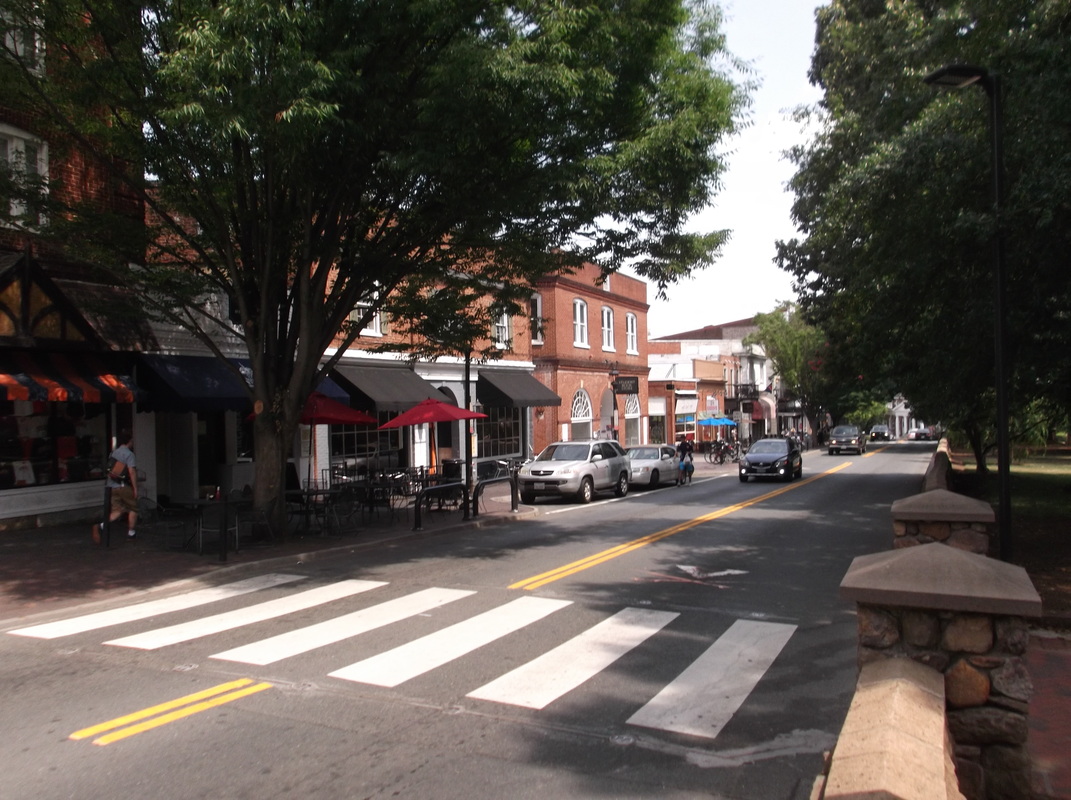
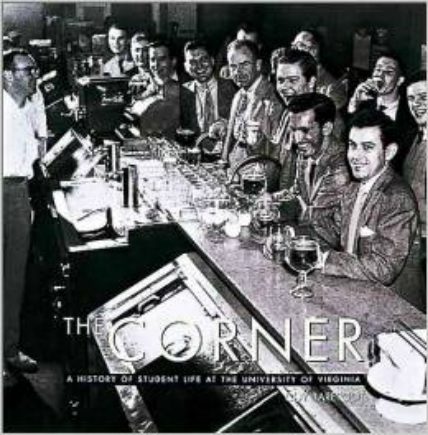
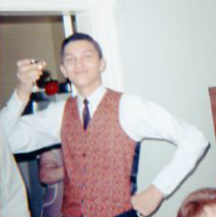
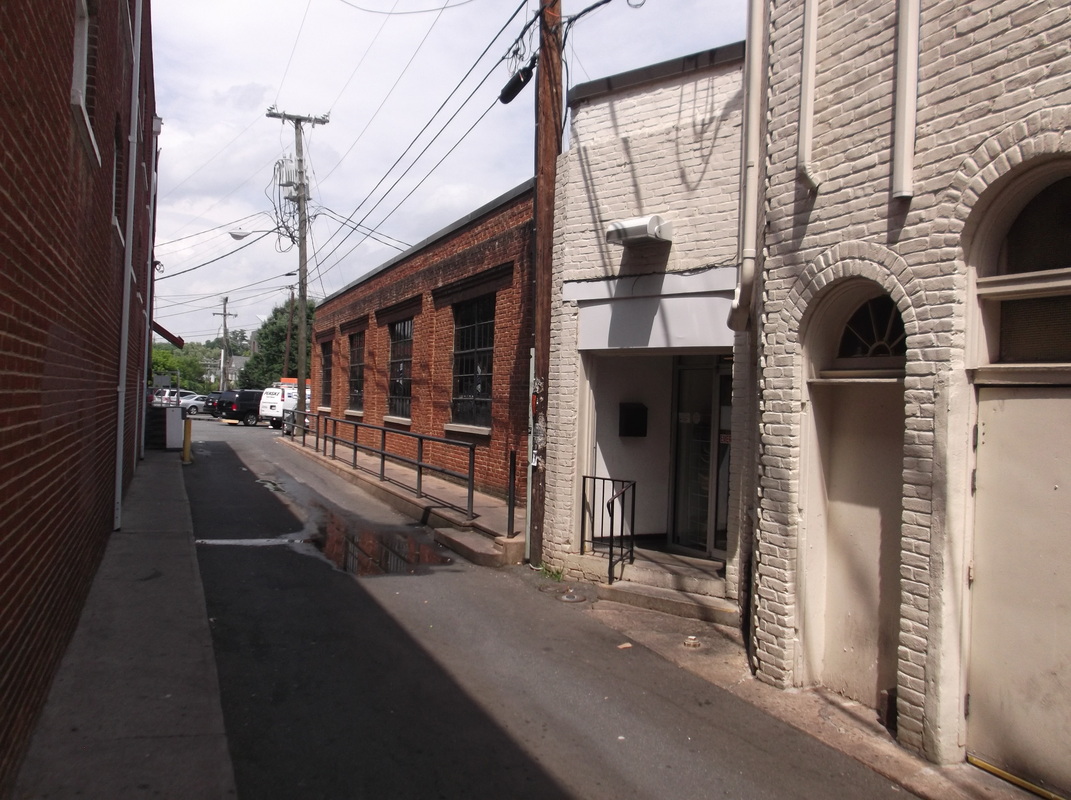
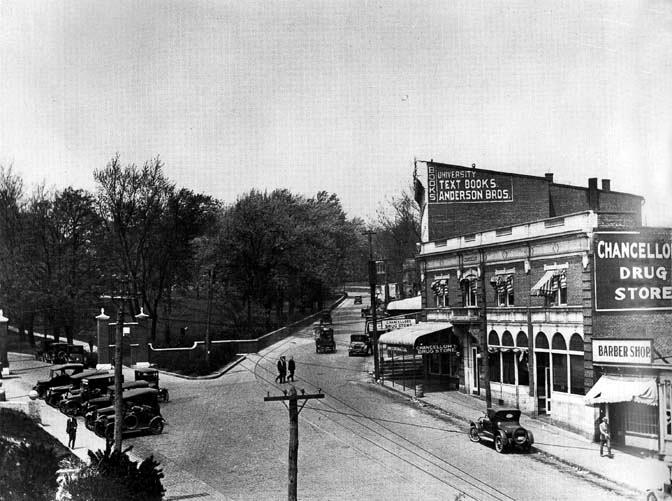
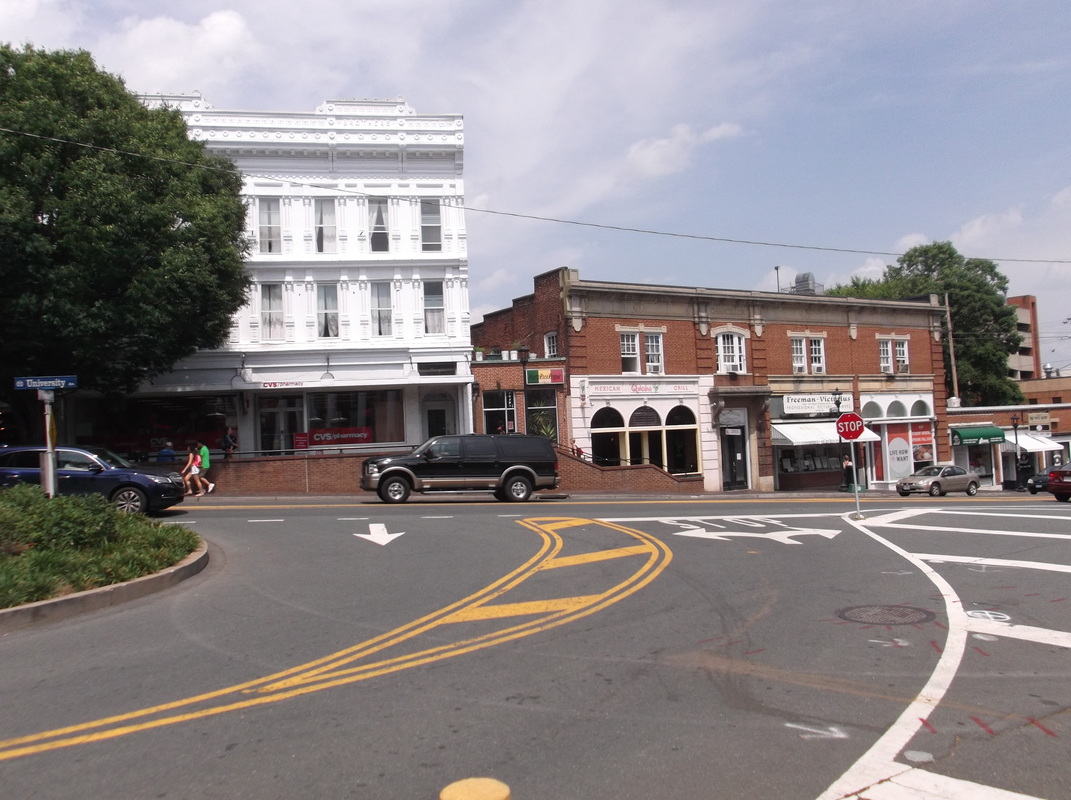
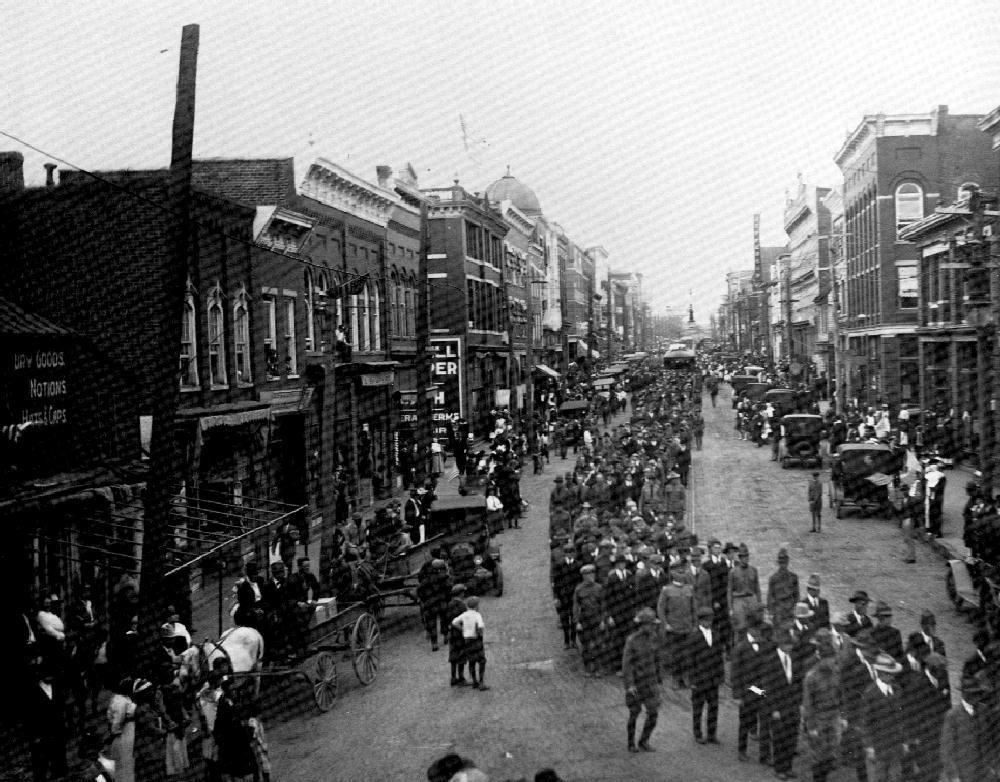
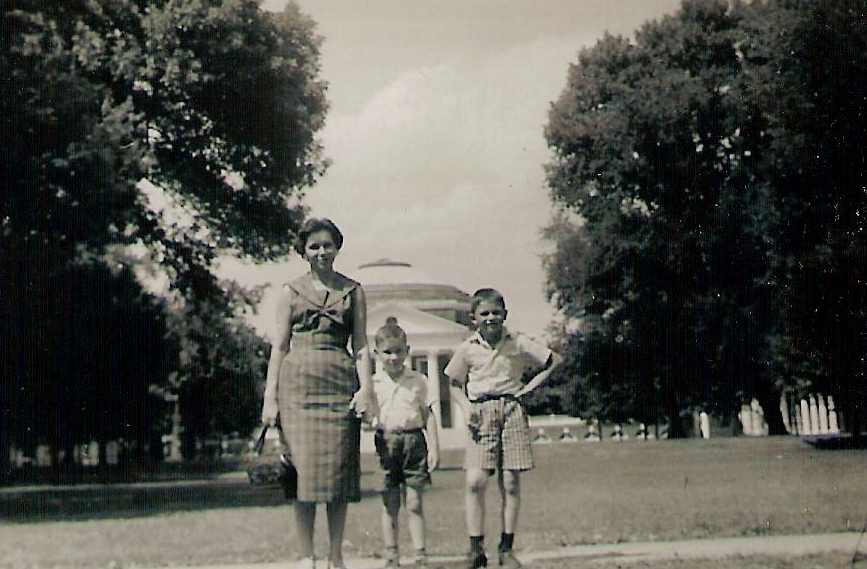
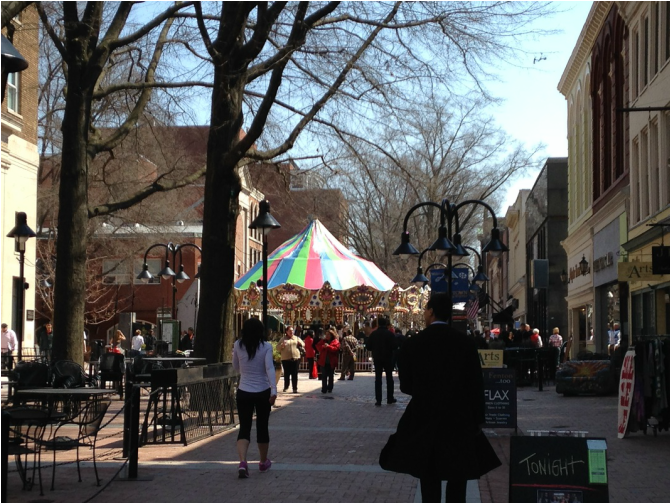
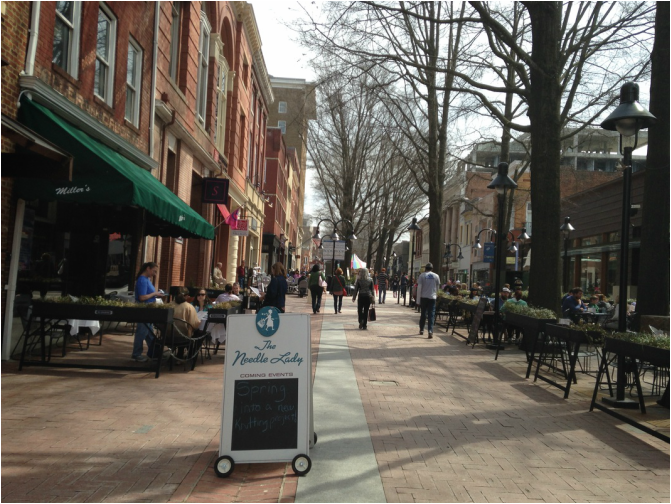
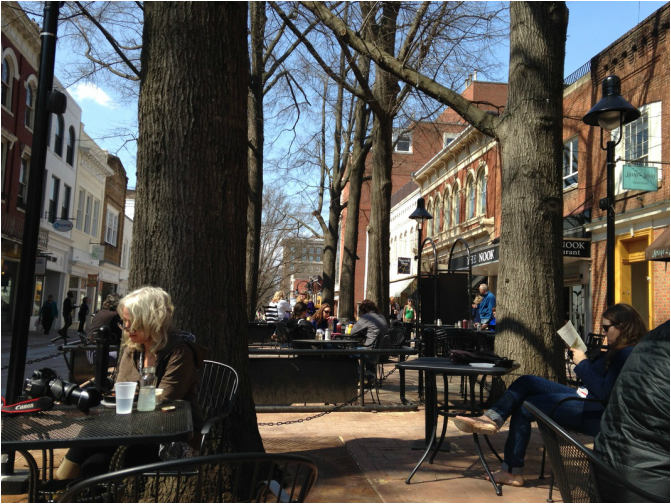


 RSS Feed
RSS Feed